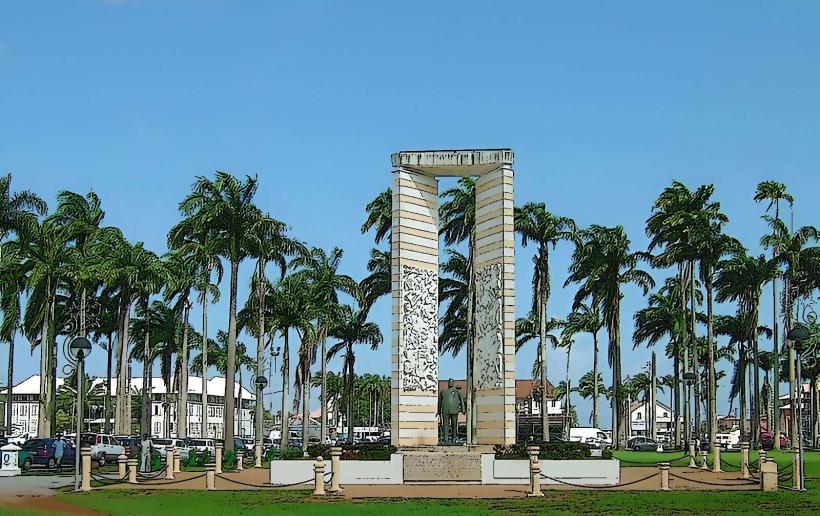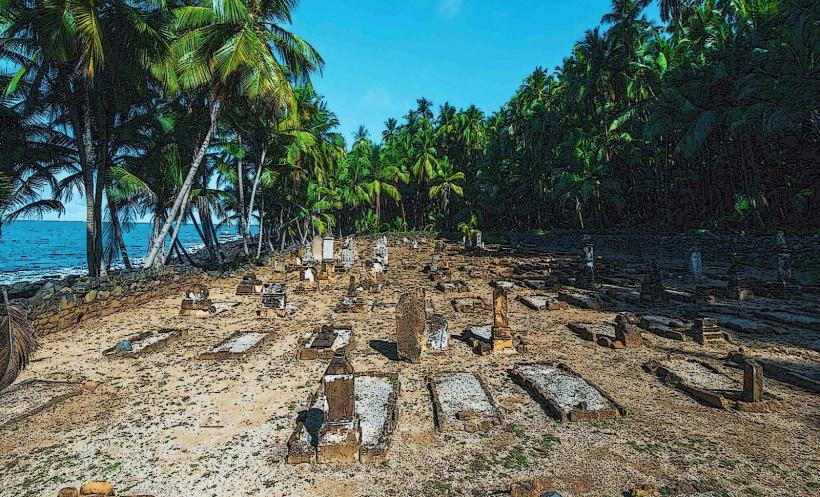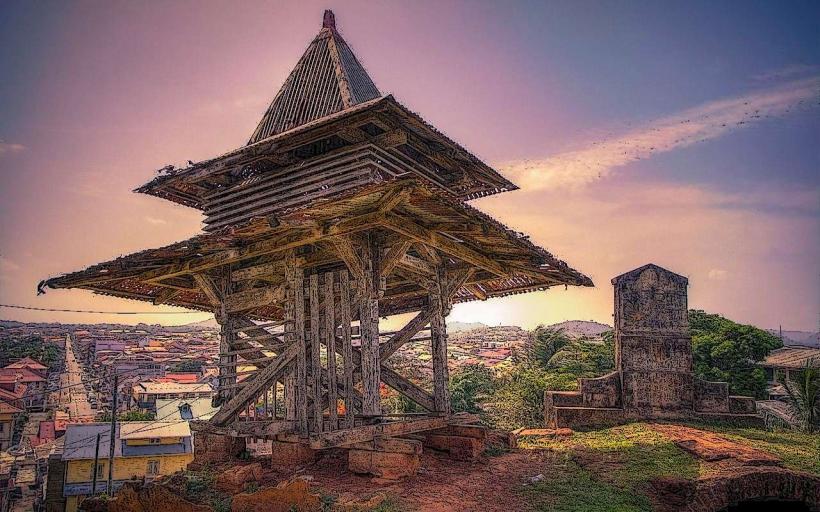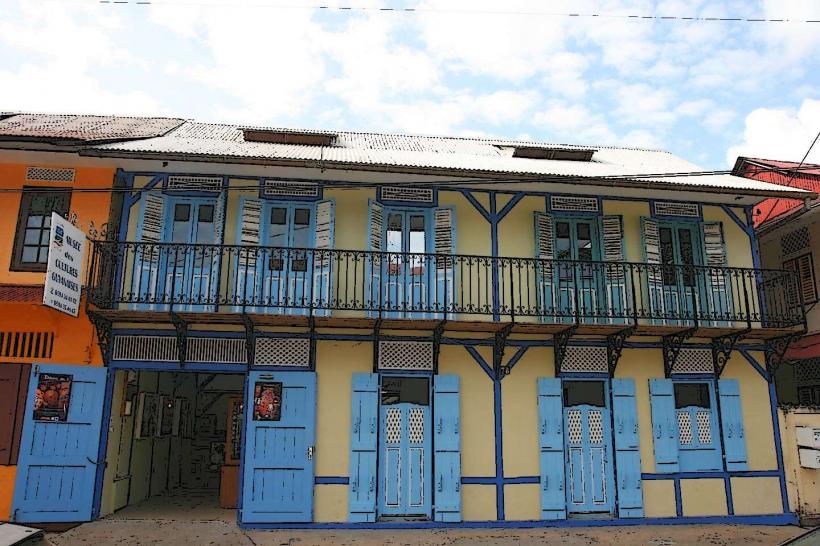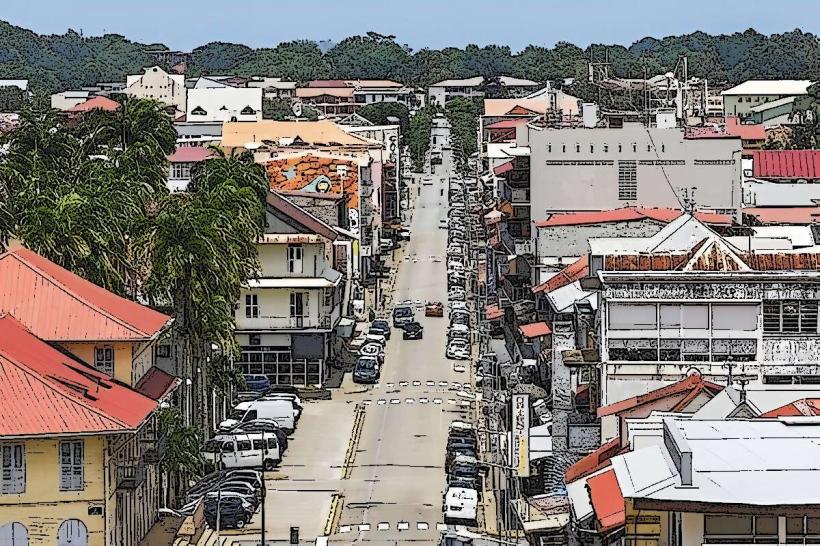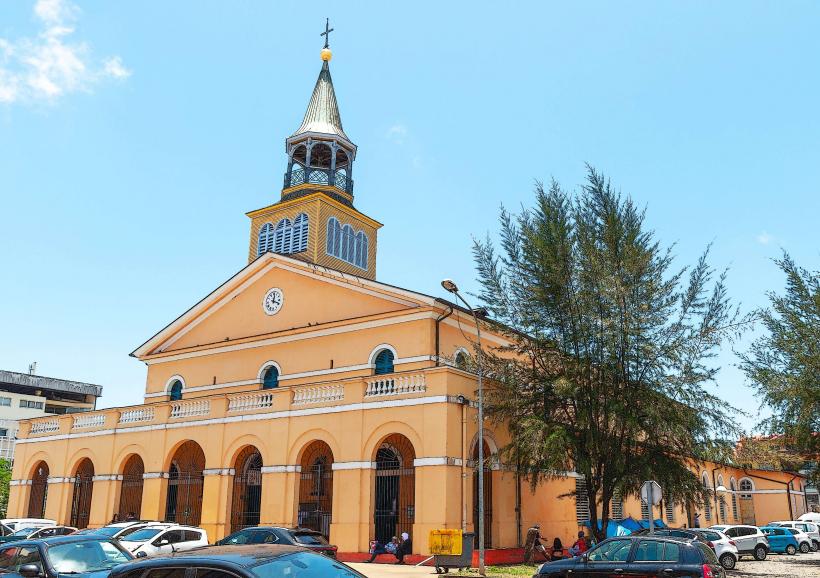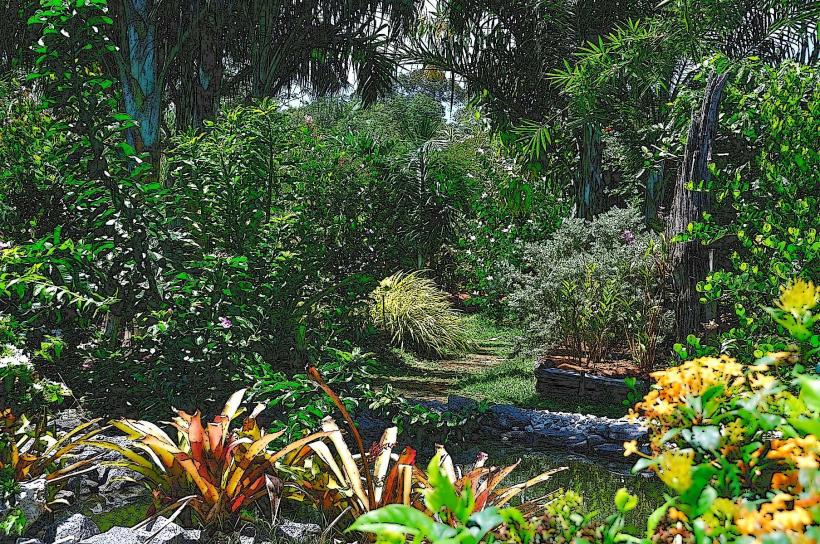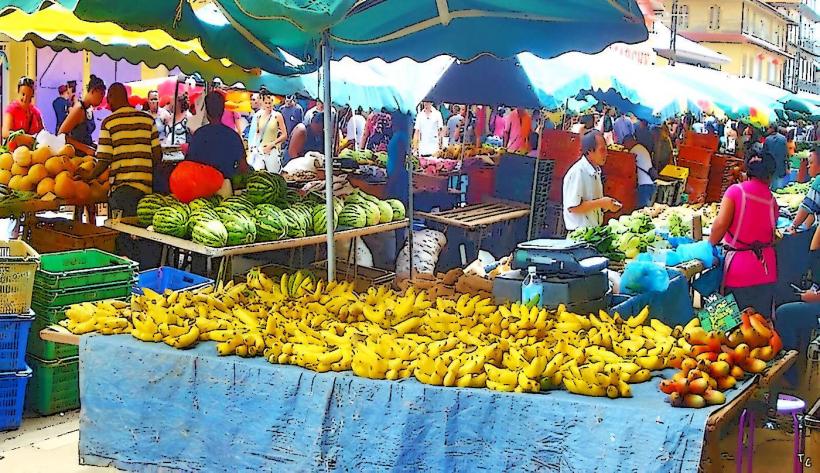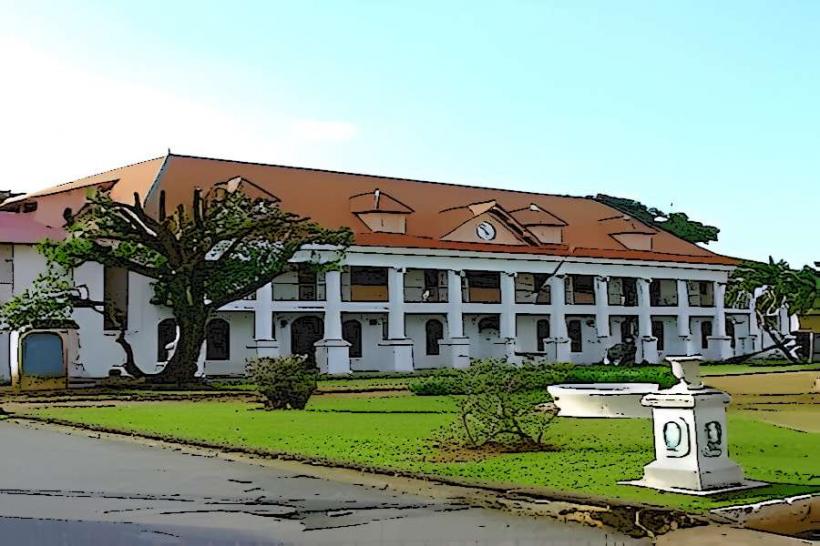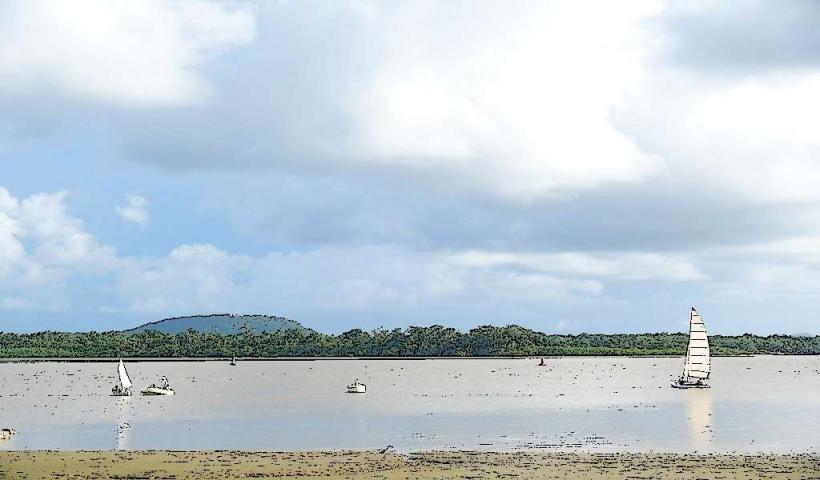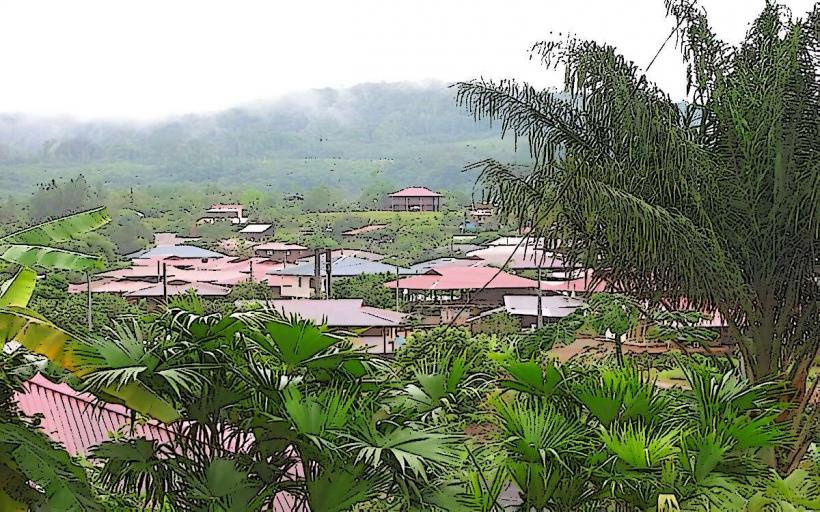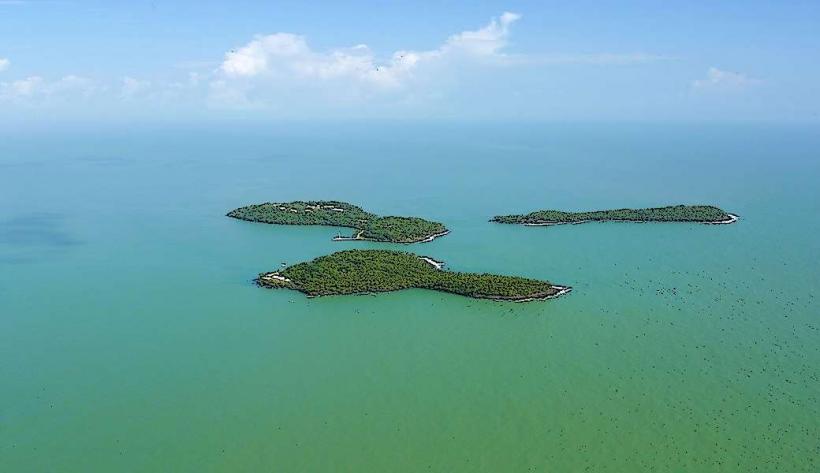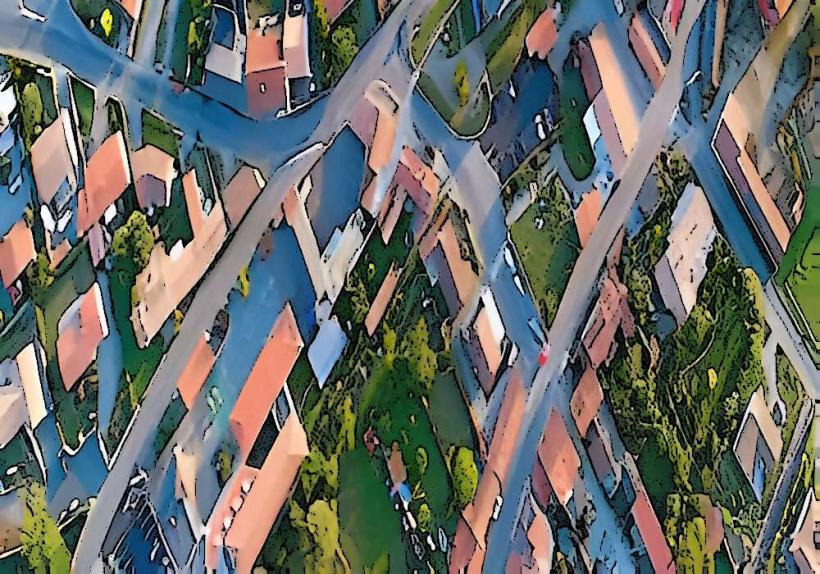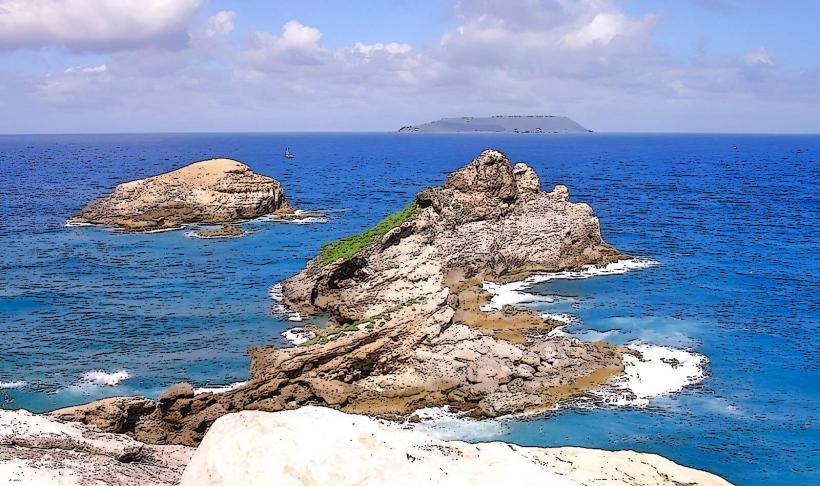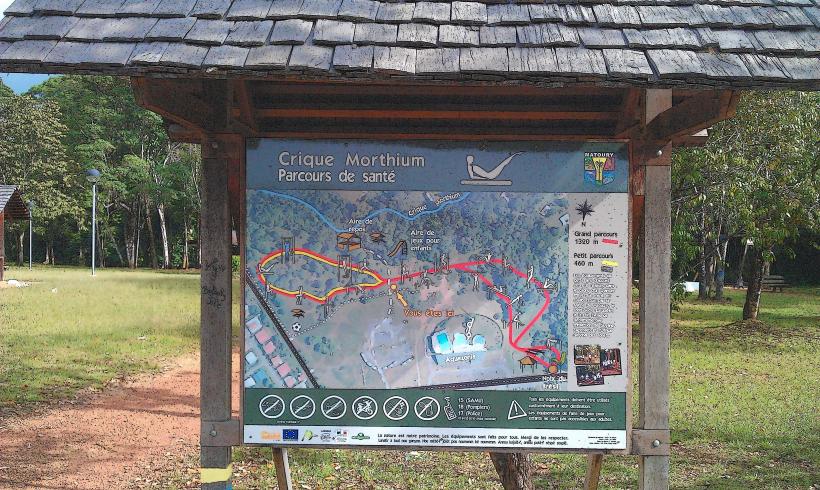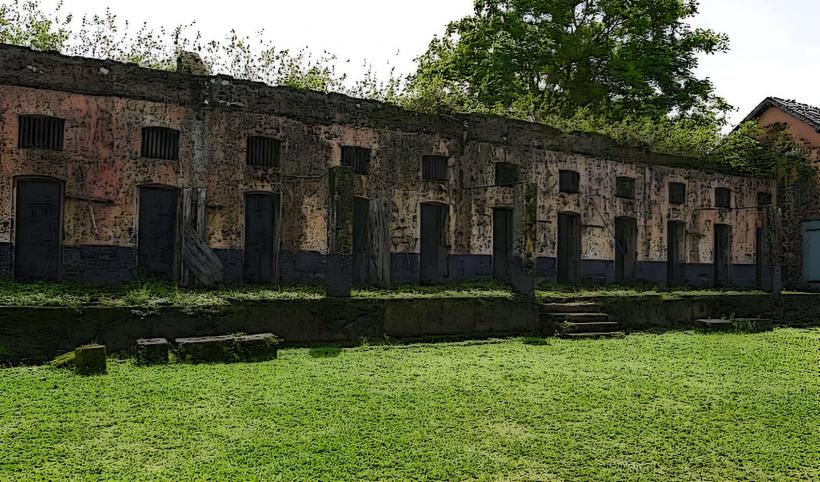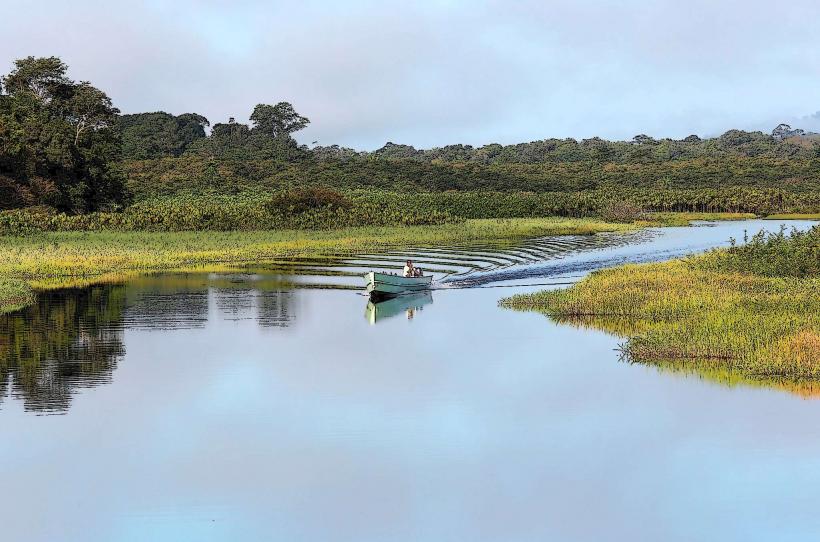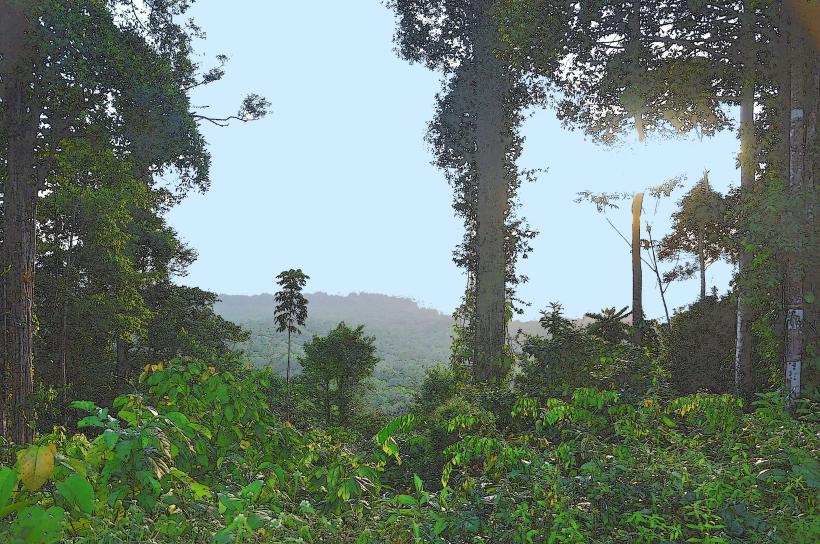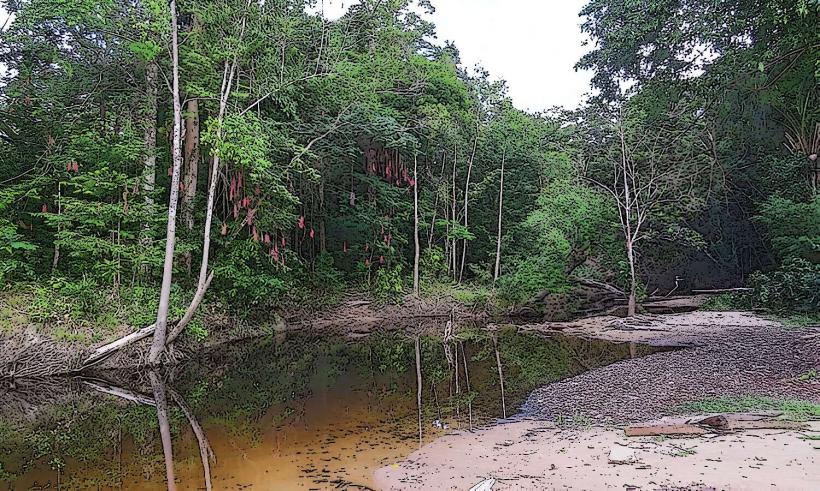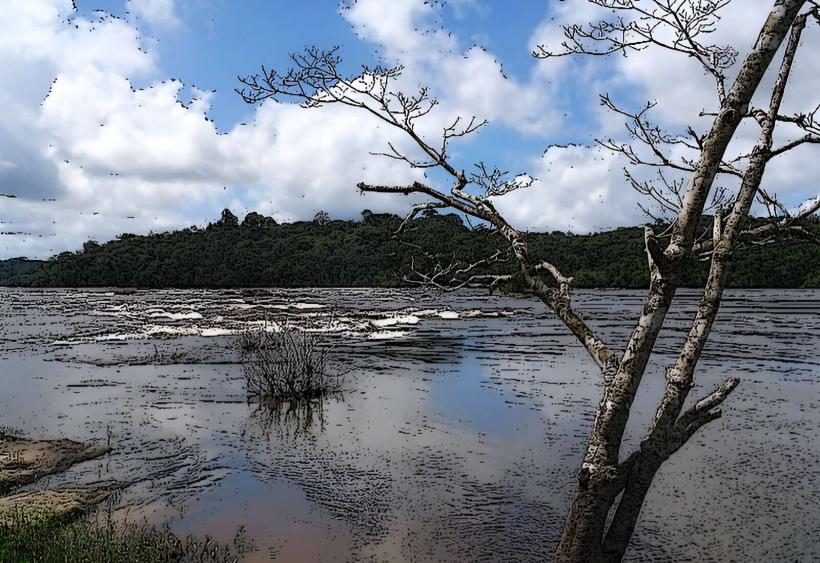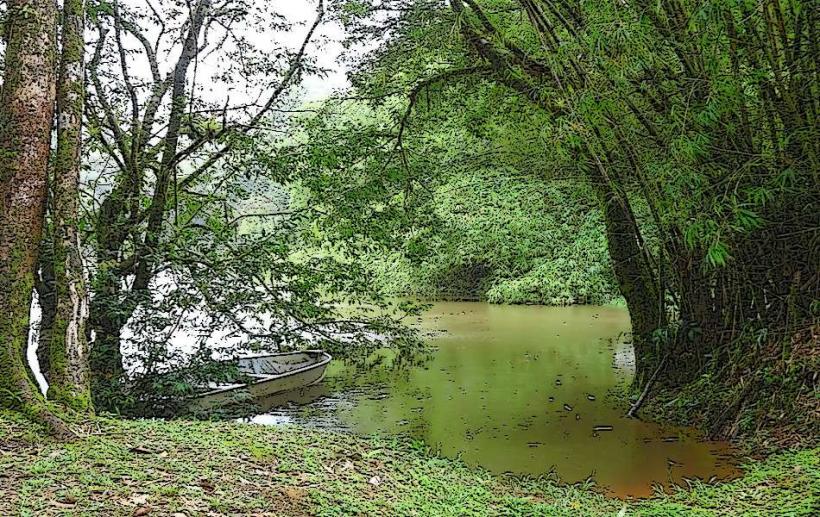Information
Landmark: Waku-Bawé ReserveCity: Cayenne
Country: French Guiana
Continent: South America
The Waku-Bawé Reserve is a protected area located in French Guiana, primarily aimed at conserving the unique biodiversity and ecosystems of the region. It is situated in the southern part of the territory and serves as an important sanctuary for a variety of species, some of which are endemic to the area. The reserve is significant not only for its environmental value but also for its role in promoting conservation efforts in French Guiana.
Geographic Location and Features
The Waku-Bawé Reserve is located in the interior of French Guiana, nestled within the Guiana Shield region, which is a large, ancient geological formation that spans parts of French Guiana, Suriname, Guyana, and Brazil. The reserve lies in a relatively remote and inaccessible region, which has contributed to its preservation of diverse ecosystems.
Some key geographic and physical characteristics of the reserve include:
- Tropical Rainforests: The area is covered in dense tropical rainforests, which are typical of the Amazon Basin. These rainforests are rich in flora and fauna, with high levels of biodiversity.
- River Systems: The reserve is located near several important rivers in the region, including the Oyapock River and Iracoubo River, which flow through the forests and play a crucial role in the hydrology of the area.
- Elevations and Terrain: The terrain of the reserve includes lowland forests and some areas of elevated land, with hills and valleys that create varied habitats for the species living there.
Ecological Significance and Biodiversity
The Waku-Bawé Reserve is part of one of the most biologically diverse regions in the world, the Amazon Rainforest. Its ecosystems provide vital habitat for a wide variety of species, both terrestrial and aquatic. The reserve serves as an important location for species that are endemic to French Guiana and the surrounding region.
1. Flora
- Tropical Rainforest Vegetation: The reserve supports lush tropical rainforest vegetation, with a dense canopy composed of tall trees, vines, and epiphytes such as orchids and bromeliads. The area is home to various types of hardwood trees, which are highly valued both ecologically and economically.
- Aquatic Vegetation: Along the riverbanks and in wetland areas, you can find various species of aquatic plants like water lilies, rushes, and sedges, which thrive in the flood-prone regions of the reserve.
2. Fauna
The Waku-Bawé Reserve is home to a diverse range of animals, many of which are adapted to the tropical rainforest and riverine ecosystems of the area:
- Mammals: The reserve supports a variety of mammal species, including jaguars, pumas, capybaras, howler monkeys, spider monkeys, and agoutis. Sloths and various species of anteaters are also present in the dense forests of the reserve.
- Birds: The area is rich in birdlife, with species such as the scarlet ibis, harpy eagle, toucan, parrot, and macaw being commonly spotted. The reserve is also an important breeding and feeding ground for migratory birds.
- Reptiles and Amphibians: The Waku-Bawé Reserve is home to various species of reptiles, including caimans, iguanas, and snakes, as well as amphibians like frogs and toads that thrive in the humid conditions of the rainforest.
- Insects: The reserve has a rich insect population, with butterflies, beetles, termites, and mosquitoes all playing critical roles in the ecosystem, particularly in pollination and nutrient recycling.
3. Endangered Species
The Waku-Bawé Reserve serves as a crucial refuge for species that are either endangered or at risk of extinction due to habitat loss or other threats. Some of the key endangered species found in the reserve include:
- Jaguar (Panthera onca): The jaguar is an apex predator in the reserve's ecosystem and is listed as near-threatened due to habitat destruction and poaching.
- Harpy Eagle (Harpia harpyja): This large eagle, which is one of the most powerful birds of prey, is also found in the reserve and is listed as near-threatened.
- Green Anaconda (Eunectes murinus): The green anaconda, one of the largest snakes in the world, is found in the rivers and wetlands of the reserve. Though not as endangered as the jaguar or harpy eagle, it faces habitat loss due to human activities.
Human Interaction and Protection
The Waku-Bawé Reserve is a protected area under the jurisdiction of the French Guiana Government, designed to preserve the region's natural habitats and biodiversity. The reserve is part of efforts to safeguard the tropical rainforest ecosystems of French Guiana, which are threatened by deforestation, logging, mining, and agricultural expansion.
1. Conservation Efforts
The Waku-Bawé Reserve is managed with a focus on biodiversity conservation. Efforts include:
- Environmental Monitoring: Regular scientific monitoring of flora and fauna populations helps ensure that the reserve is fulfilling its role in protecting biodiversity.
- Protected Status: As a nature reserve, the area is protected from commercial exploitation, such as illegal logging, mining, and large-scale agriculture. This protection is crucial for maintaining the integrity of the ecosystems within the reserve.
- Habitat Restoration: There are ongoing efforts to restore degraded areas within the reserve and surrounding landscapes. This is particularly important for ensuring that species that rely on specific habitat types continue to thrive.
2. Sustainable Development and Ecotourism
While human settlement within the reserve itself is limited, ecotourism is one potential sustainable economic activity for the region. By promoting environmentally responsible tourism, the reserve can generate income for local communities while helping to fund its conservation efforts. Ecotourism activities might include guided wildlife tours, birdwatching, and educational programs about the rainforest ecosystems.
However, ecotourism must be carefully managed to minimize its environmental impact. Strict regulations are necessary to ensure that tourism does not disrupt the sensitive ecosystems of the reserve or disturb the wildlife that inhabits it.
3. Indigenous Communities
Though Indigenous communities are not specifically based within the reserve, several Indigenous peoples in the surrounding areas may engage in subsistence hunting, fishing, and gathering, often in traditional ways that have minimal impact on the environment. Some Indigenous groups, such as the Palikur and Wayãpi, live near the reserve and have historically relied on the natural resources of the region.
The involvement of Indigenous peoples in conservation efforts is encouraged, as their traditional knowledge and practices can contribute significantly to maintaining the ecological balance of the reserve.
Challenges
Despite its protected status, the Waku-Bawé Reserve faces several threats:
- Illegal Activities: Illegal logging, gold mining, and poaching continue to be challenges in French Guiana, and the reserve is not immune to these issues. Enforcement of regulations is necessary to combat these activities.
- Climate Change: As with many other tropical ecosystems, the reserve is vulnerable to the effects of climate change, including changes in temperature, rainfall patterns, and increased frequency of extreme weather events such as floods and droughts.
- Invasive Species: The introduction of non-native species, whether through human activities or natural migration, poses a risk to the native flora and fauna in the reserve.
Conclusion
The Waku-Bawé Reserve plays a vital role in the conservation of French Guiana's tropical rainforest ecosystems. It provides a refuge for a wealth of biodiversity, including several endangered species, and serves as an important natural area for scientific research and environmental education. While challenges such as illegal activities and climate change remain, ongoing conservation efforts and sustainable development practices are crucial to ensuring the long-term protection of the reserve's ecosystems. The reserve's unique position within the Guiana Shield and its biodiversity make it an essential area for conservation in French Guiana.

